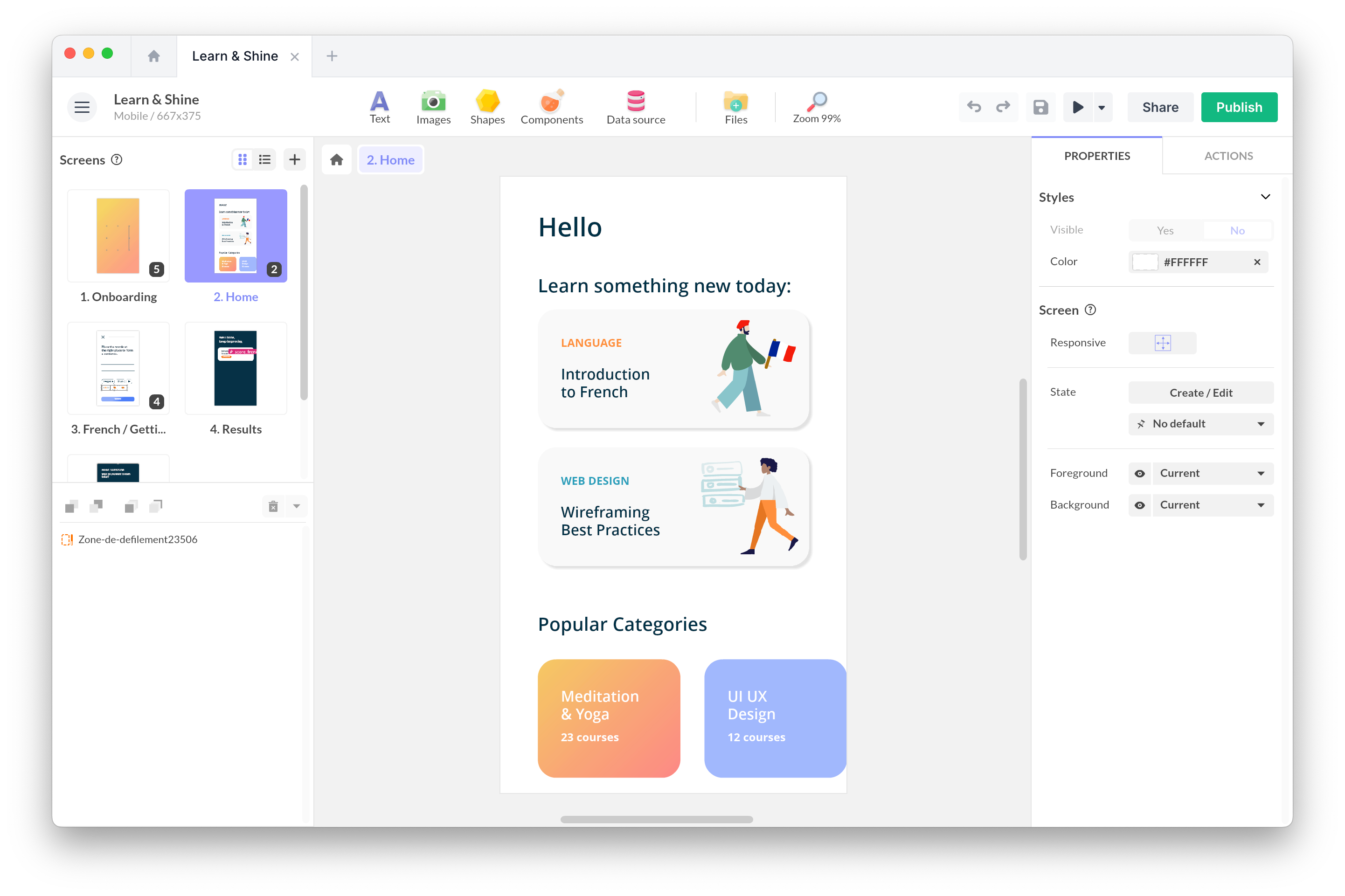Mon, Oct 17, 2016
How to Engage Your Users With Push Notifications
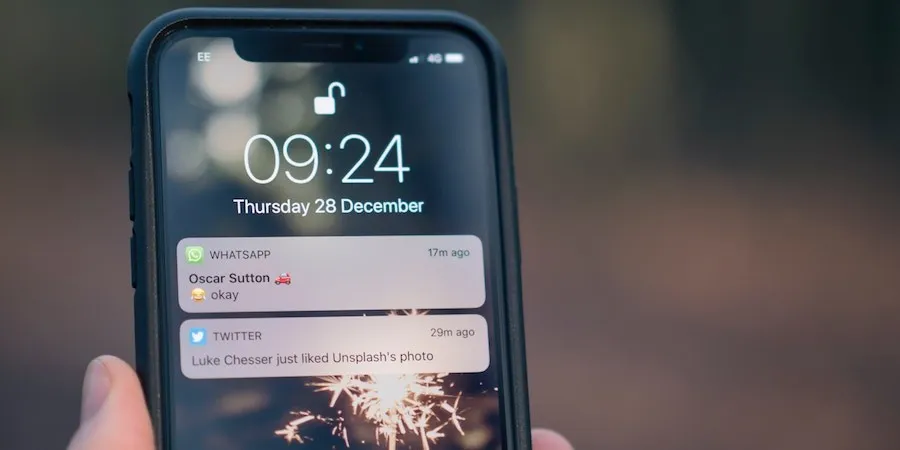
Your application is getting more attention and there is a growing number of downloads? Congratulations! These two figures should interest you :
25% of the installed applications are never used and 26% were abandoned after the first use (Google, 2015).
Today, everyone downloads apps, but many uninstall them or forget about them instantly due to a lack of concentration and the hyper-competitive app environment. Additionally, the limited storage of our smartphones and tablets requires us to clean our apps more regularly than we clean our houses.
For application developers, the real challenge is user retention. How can they keep users engaged over time? This is where push notifications come in as a key tool.
What is a push notification?
A push notification (or push message) is a message sent directly to the smartphone or tablet of your users, even if the application is not open.
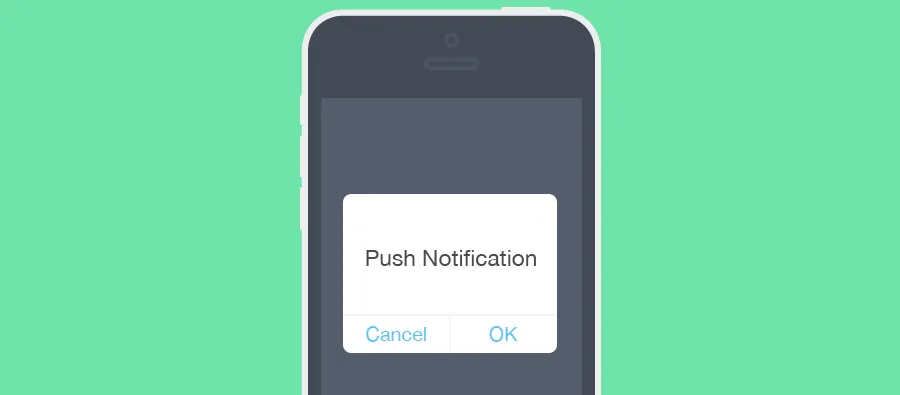
If your message is not adapted, it will be perceived as spam by your users. Properly executed, this is a powerful marketing tool.
That’s why your strategy needs to be carefully defined.
Promote new content
Even after the publication of your application, your content should not remain static. Make regular updates based on your users’ feedback.
New design, additional content … speak about these new features and use deep-linking to get your users to a specific location in the application.
Adapt to circumstances
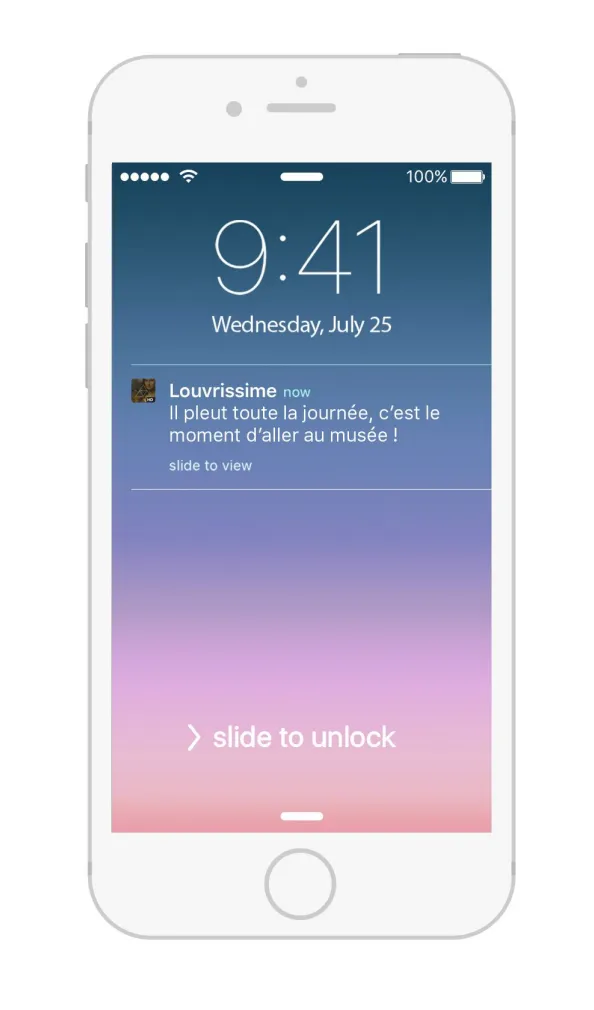
Your users are living in the same world as you, they are reading the news, they are surprised by a rainy weather, are taking the subway … and like you, they like to receive contextual information.
Look at the Louvrissime application that describes 30 paintings from the Louvre museum. Imagine you send a push notification during a rainy day to invite users to visit the museum. Good ideas often are the simplest.
Think about your users’ main habits and take advantage of situations to show them your application.
Pick the right words
Users only expect urgent or important messages to pop up on their screen. The language needs be clear and direct to spur action. Feel free to use emojis to make them more funnier.
As in any marketing strategy, segmentation makes all the difference. Use the statistics available to identify categories of profiles and behavior. And refer to each group with an appropriate message.
To find the ideal tone of voice, use A / B testing to determine the right sentences, action verbs and the number of characters that produce the best results.
Think timing
The best message in the world sent at the wrong time will never be read. Timing is key. Many studies have compared the sending slots: Thursday between 10am and 1pm appears to be the most appropriate. Make experimentations to find your good time.
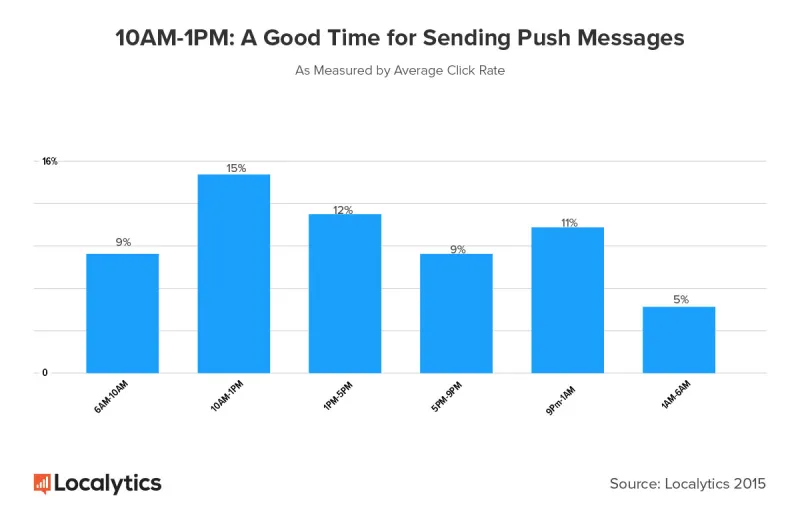
Do not overuse push notifications. Otherwise recipients might get annoyed. There is no ideal frequency, it depends on the type of application and your audience.
Last tip
Push notifications are leading the way to new marketing strategies, much like email did a few years ago. To avoid being seen as spam, it is important to consider push notifications as a fundamental pillar of your overall user experience.
If you provide a positive experience, your users will be more likely to return the favor 🙂
Photo by Jamie Street on Unsplash

